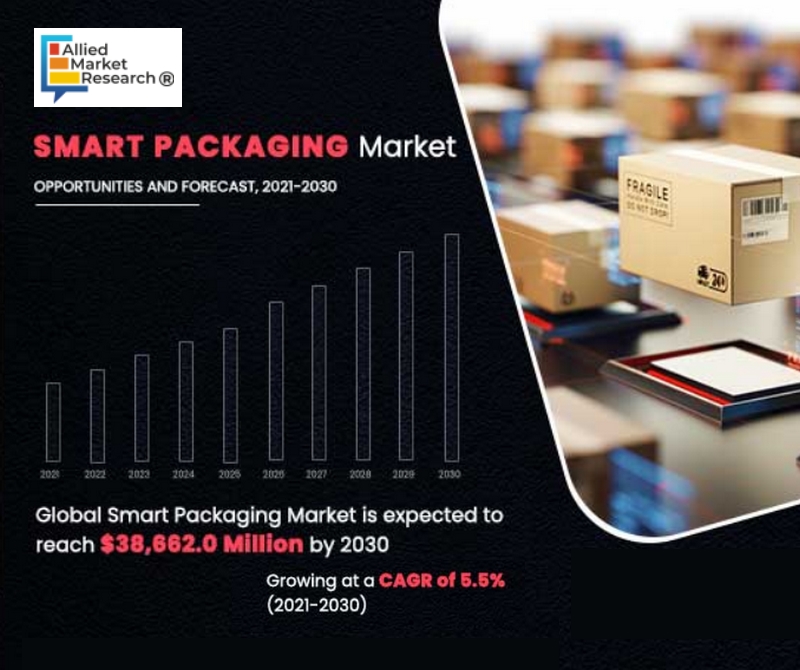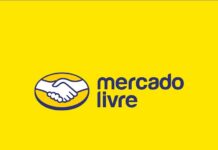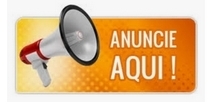Edson Perin
According to the most recent report by the Allied Market Research, titled “Smart packaging Market by Type, End User, and Material: Global Opportunity Analysis and Industry Forecast, 2021-2030”, the global smart packaging market size was valued at USD 22.2 billion in 2020 and is expected to reach USD 2020. 38.6 billion by 2030, with a CAGR (Compound Annual Growth Rate) of 5.5% from 2021 to 2030. In 2020, North America dominated the global market, in terms of revenue, accounting for around 41.20% of the global market.
Smart Packaging or Smart Packaging is a feature that improves customer safety, product safety, displays product quality information, helps in monitoring the freshness of products and prolongs shelf life. It is used for packaging of various products such as food and pharmaceuticals which require full monitoring on the freshness of the product. It works with the help of technologies such as Radio Frequency Identification (RFID), Bar Codes, QR Codes, Digital Printing, among others.
Smartphones with near-field communication (NFC) capabilities, a type of RFID, are expected to drive the global smart packaging industry in the coming years, according to the study. The integration of tags and sensors ensures identification, tracking, product authenticity protection, sustainability and improved customer experience.

The global smart packaging market is segmented into food and beverage, automotive, healthcare, personal care, logistics and others. The food and beverage industry recorded the highest revenue in 2020 due to the increased adoption of smart packaging systems for its products.
Changes in lifestyle patterns, due to urbanization in emerging economies and the growth in consumption of beauty products with the advancement of technology drive the growth of the market. In addition, untapped geographic regions offer potential market opportunities with growing hygiene concerns among consumers in these regions.
However, the study underscores that the inflated cost of smart packaging systems is likely to pose a challenge to the growth of the global market. The counterpoint comes from industries such as pharmaceuticals, as medical packaging has witnessed quite remarkable growth, coupled with the need for advancements in technology.
The integration of barcodes, RFID tags and sensors is particularly useful in the industry as it monitors the authenticity of medicines and provides patients, retailers, and other healthcare professionals with details about expiration date, consumption, and dosages. In addition, the smart packaging industry helps the healthcare industry deal with challenges such as counterfeiting while providing complete security.
Thus, this sector is expected to show the highest growth rate during the forecast period and therefore increase the smart packaging market. Smart packaging adds value to technologically savvy consumers, such as tracking environmental conditions, monitoring freshness and usage indicators.
Additionally, the COVID-19 pandemic has brought about a disruption of logistics and manufacturing activities across the world, which in turn has led to supply chain disruption, preventing the market from growing. However, this situation is expected to improve as governments relax anti-pandemic safety regulations around the world to resume normal activities.
Among the main players in the smart packaging market stand out 3M, Avery Dennison Corporation, Ball Corporation, BASF SE, Crown, International Paper, R.R. Donnelley & Sons Company, Stora Enso, Sysco Corporation and Zebra Technologies Corp.



















